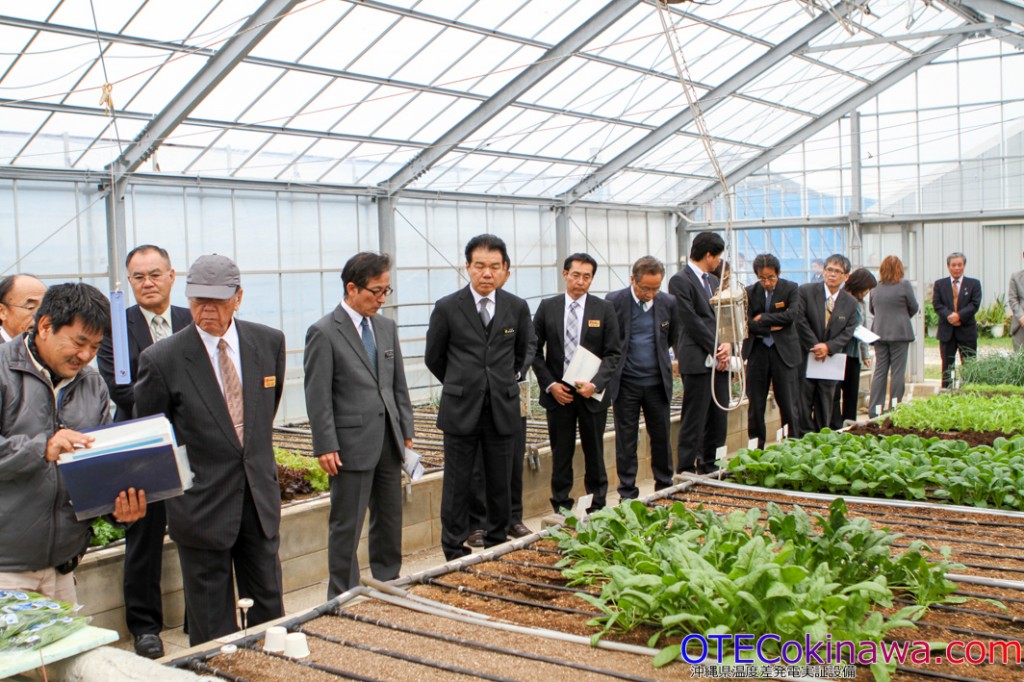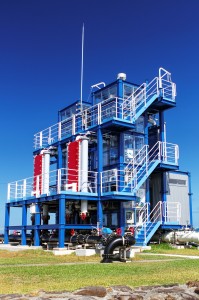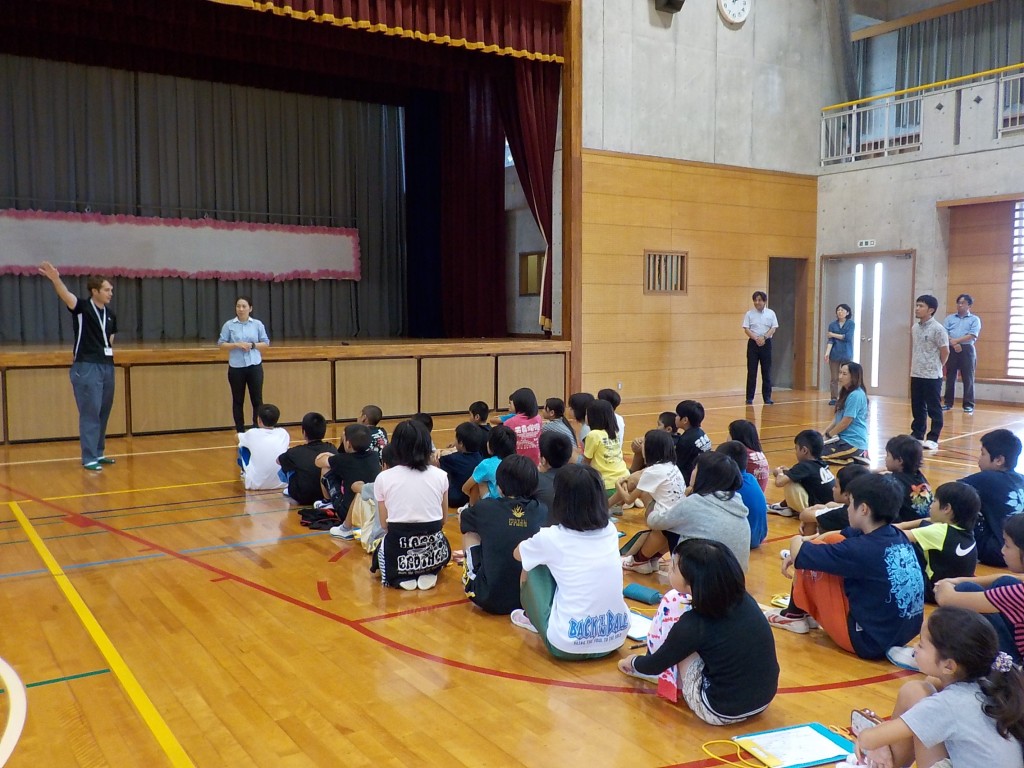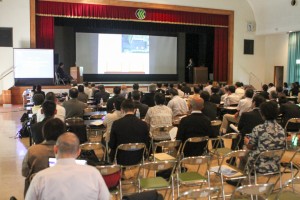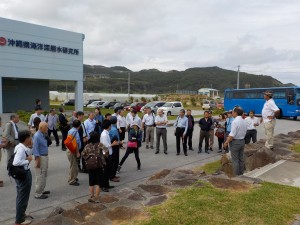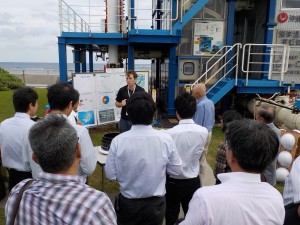 At the end of March 2016 we welcomed a delegation from the Republic of Indonesia Coordinating Ministry for Maritime and Resources Affairs as they sought to learn more about Ocean Thermal Energy Conversion, Deep Seawater Use, and the potential for applying such technologies in Indonesia. With Indonesia’s proximity to deep seawater, warm surface seawater, large population, and numerous communities still lacking secure access to power and water, Indonesia has perhaps the largest potential for use of this clean and renewable technology in the world.
At the end of March 2016 we welcomed a delegation from the Republic of Indonesia Coordinating Ministry for Maritime and Resources Affairs as they sought to learn more about Ocean Thermal Energy Conversion, Deep Seawater Use, and the potential for applying such technologies in Indonesia. With Indonesia’s proximity to deep seawater, warm surface seawater, large population, and numerous communities still lacking secure access to power and water, Indonesia has perhaps the largest potential for use of this clean and renewable technology in the world.
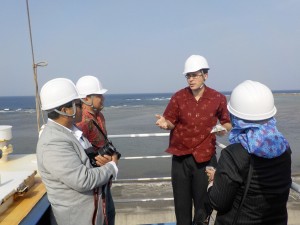 Kumejima’s 100kW-class OTEC facility provides visitors the opportunity to see the world’s longest running operational OTEC facility using actual deep and surface seawater up-close, and feel the temperature of the waters driving the power generation cycle. The Kumejima Model, which is the local answer to creation of a sustainable and self-sufficient community, is set to be an important step in realizing small-scale OTEC is not only technically possible, but economically practical as well. As deep seawater related industries on Kumejima already account for roughly a quarter of the local economy and there is existing demand for water, know-how in its use, and local support, the island is uniquely suited as a community testing ground to integrate the separate yet related fields involved in using deep seawater effectively.
Kumejima’s 100kW-class OTEC facility provides visitors the opportunity to see the world’s longest running operational OTEC facility using actual deep and surface seawater up-close, and feel the temperature of the waters driving the power generation cycle. The Kumejima Model, which is the local answer to creation of a sustainable and self-sufficient community, is set to be an important step in realizing small-scale OTEC is not only technically possible, but economically practical as well. As deep seawater related industries on Kumejima already account for roughly a quarter of the local economy and there is existing demand for water, know-how in its use, and local support, the island is uniquely suited as a community testing ground to integrate the separate yet related fields involved in using deep seawater effectively.
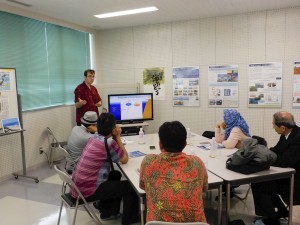 It is our hope, that the delegation found their trip interesting and informative, and that what they saw here will help accelerate the adoption of renewable, base-load clean energy around the world.
It is our hope, that the delegation found their trip interesting and informative, and that what they saw here will help accelerate the adoption of renewable, base-load clean energy around the world.
As this financial year comes to a close, we thank the thousands of visitors who have come to Kumejima so far, and look forward to sharing OTEC Okinawa with more next year. If you haven’t seen our facility yet, we hope you will come for a tour.
2016年3月22日、沖縄県久米島での海洋温度差発電と海洋深層水の多段活用に強い関心を持たれたインドネシア政府の海洋資源調整省の皆様が視察にいらっしゃいました。
未だ電力と水の安全なアクセスが保障されていないインドネシアですが、海洋深層水を有効活用するには非常に適した土地柄であり、再生可能エネルギーである海洋温度差発電にとっても最も大きな可能性を持つ地域の一つです。
当設備は、実際の海洋深層水と表層水を利用した世界で初めての設備で、2013年から今まで継続した発電を行っており、視察・見学にいらした方に実際に見ていただき、海水温の変化を体感してもらうことのできる設備となっています。
海洋温度差発電を小さなスケールで行うことは、技術的な部分だけでなく経済的な面でも久米島町が目指す持続可能な島嶼自立型コミュニティ「久米島モデル」の実現に向けて重要です。
久米島では既に海洋深層水利用産業が地域経済の4分の1を支えています。産業はまだまだ発展の余地がありますが、現在の取水量では産業の拡大ができない状況にあります。ノウハウも地元の支えもあるので、現在は各産業で別々に使われている海洋深層水を多段階で有効活用する試験的な場としてこの島は非常に適しており、取水量増量が求められています。
インドネシア政府の方々にとって、今回の視察が有益な機会であったことを切に願い、この再生可能なクリーンエネルギーが世界中でベース電源として広まっていくことを期待しています。
2015年度、ご来場いただいた皆様に御礼申し上げます。2016年度もご来場いただく皆様とお会いできるのを楽しみにしております。
ご興味のある方は、是非ご来場ください。見学のお申し込みは、HPからも承っております。

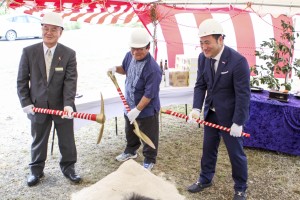 2016年3月18日、株式会社ヒューマンウェブが4月以降に現在の研究施設を拡大することに伴い、地鎮祭を行いました。 同社は、首都圏を拠点に国内最大手のオイスターバーを経営、展開している企業です。
2016年3月18日、株式会社ヒューマンウェブが4月以降に現在の研究施設を拡大することに伴い、地鎮祭を行いました。 同社は、首都圏を拠点に国内最大手のオイスターバーを経営、展開している企業です。
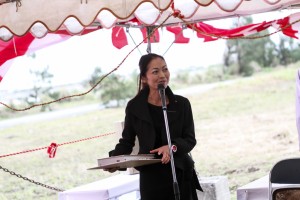 Since 2012, Humanweb has been researching the development of onshore oyster farming, hoping to have the world’s first fully land-based hatchery to grow-out system to ensure oysters are virus-free and safe for raw consumption. In order to reach this goal, Humanweb broke ground on a new state-of-the-art facility intended as the first step towards commercial capacity for oyster hatchery and as a test-bed for onshore grow-out. Using deep seawater from the Okinawa Deep Seawater Research Center may soon provide the prefecture with an entirely new product as oysters are not currently farmed in Okinawa due to warm surface temperatures.
Since 2012, Humanweb has been researching the development of onshore oyster farming, hoping to have the world’s first fully land-based hatchery to grow-out system to ensure oysters are virus-free and safe for raw consumption. In order to reach this goal, Humanweb broke ground on a new state-of-the-art facility intended as the first step towards commercial capacity for oyster hatchery and as a test-bed for onshore grow-out. Using deep seawater from the Okinawa Deep Seawater Research Center may soon provide the prefecture with an entirely new product as oysters are not currently farmed in Okinawa due to warm surface temperatures.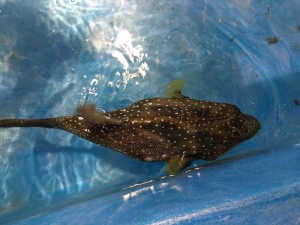 The Okinawa Deep Seawater Research Center on Kumejima has now been operating for more than 15 years with both surface and deep seawater pipes. The deep pipes are open-ended, while the intake for the surface pipe has bars to keep out larger fish.
The Okinawa Deep Seawater Research Center on Kumejima has now been operating for more than 15 years with both surface and deep seawater pipes. The deep pipes are open-ended, while the intake for the surface pipe has bars to keep out larger fish.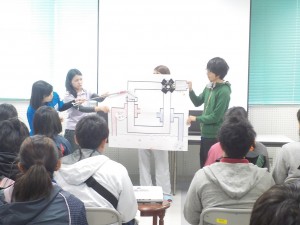
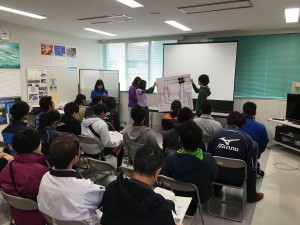
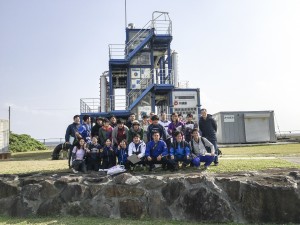
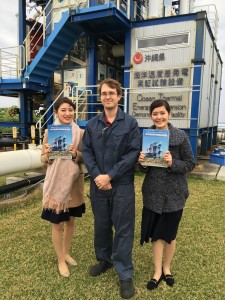
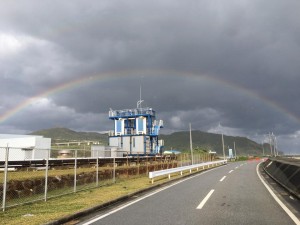 日本列島が大寒波に包まれた1月24日、久米島でも39年ぶりにみぞれが降りました。
日本列島が大寒波に包まれた1月24日、久米島でも39年ぶりにみぞれが降りました。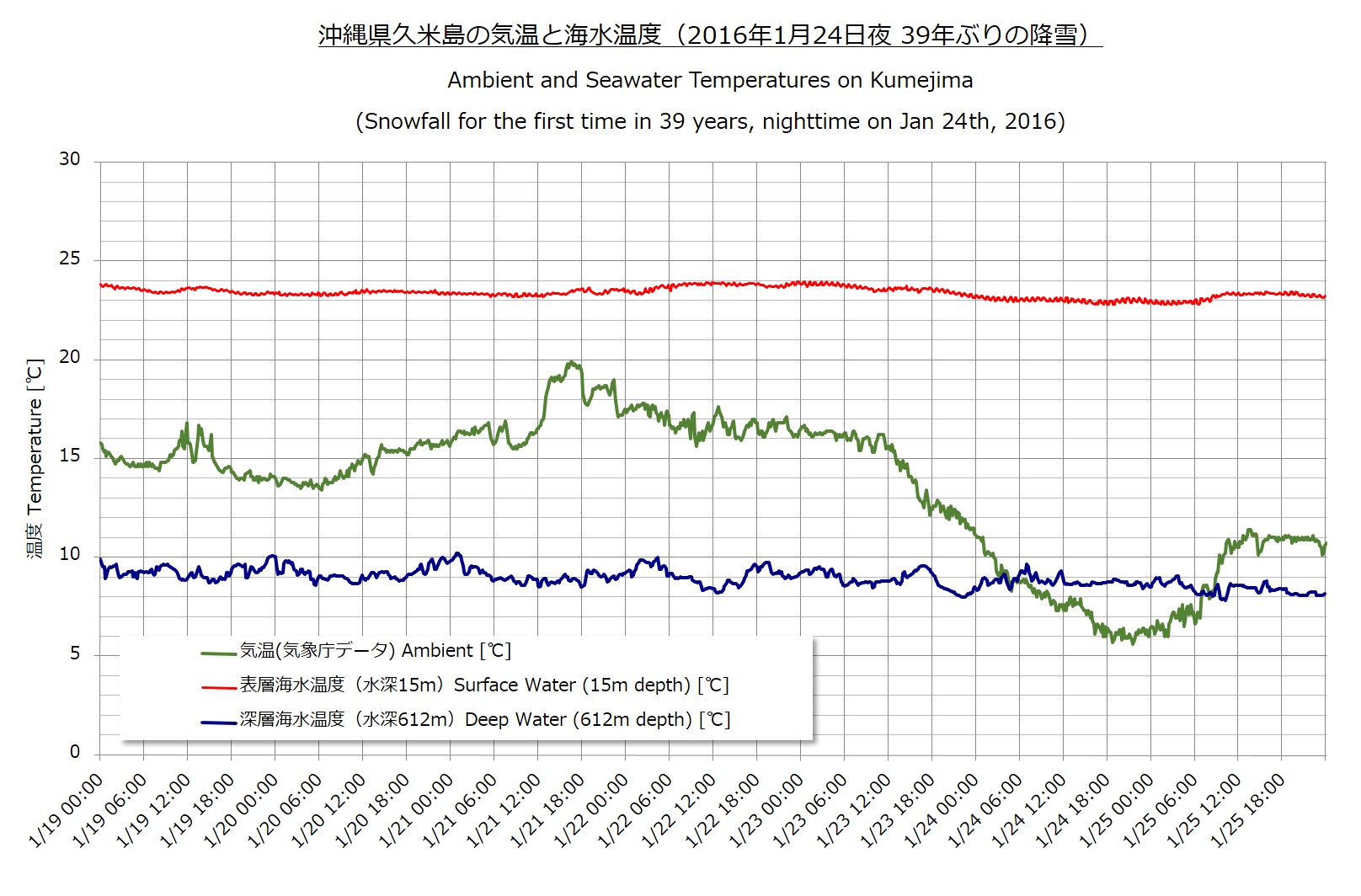
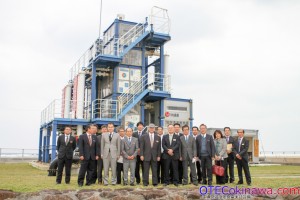 翁長沖縄県知事が行政視察及び意見交換会のため、2016年1月13日に1泊2日の日程で久米島へ来島されました。
翁長沖縄県知事が行政視察及び意見交換会のため、2016年1月13日に1泊2日の日程で久米島へ来島されました。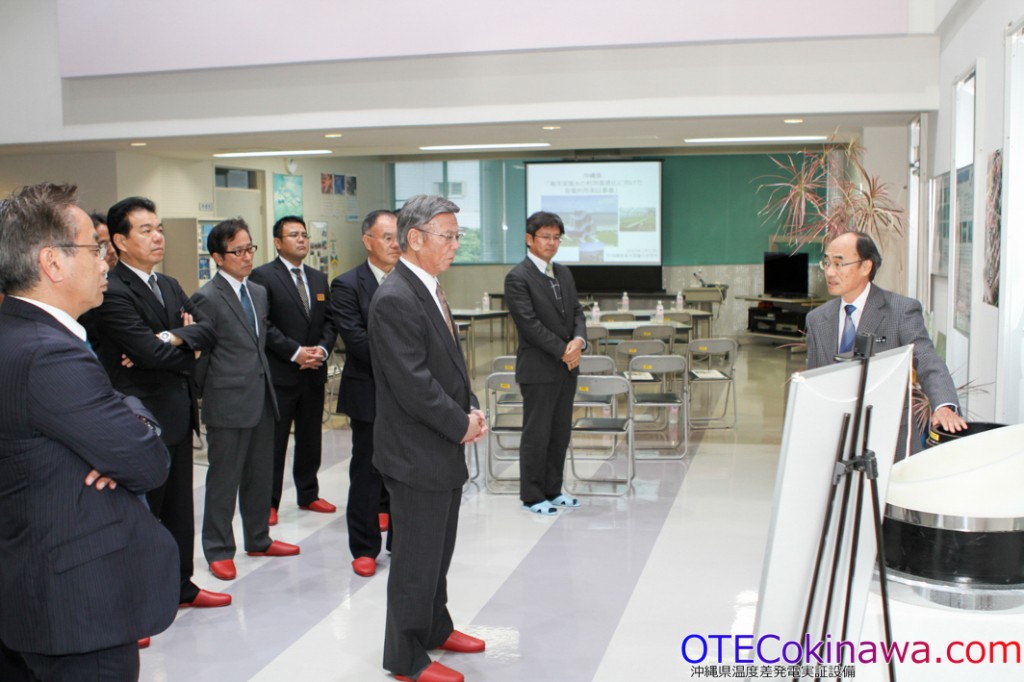
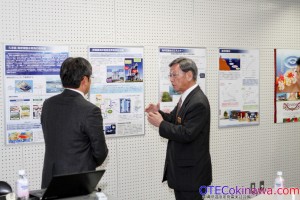 On 1/13/2016, Okinawa Governor Onaga visited Kumejima. During his tour, he stopped at the Okinawa Deep Seawater Research Center to learn about the prefecture’s agriculture and aquaculture research efforts there. He also took the time to learn about the Okinawa Prefecture Ocean Thermal Energy Conversion (OTEC) Demonstration Facility and the related possibilities of the Kumejima Model.
On 1/13/2016, Okinawa Governor Onaga visited Kumejima. During his tour, he stopped at the Okinawa Deep Seawater Research Center to learn about the prefecture’s agriculture and aquaculture research efforts there. He also took the time to learn about the Okinawa Prefecture Ocean Thermal Energy Conversion (OTEC) Demonstration Facility and the related possibilities of the Kumejima Model.